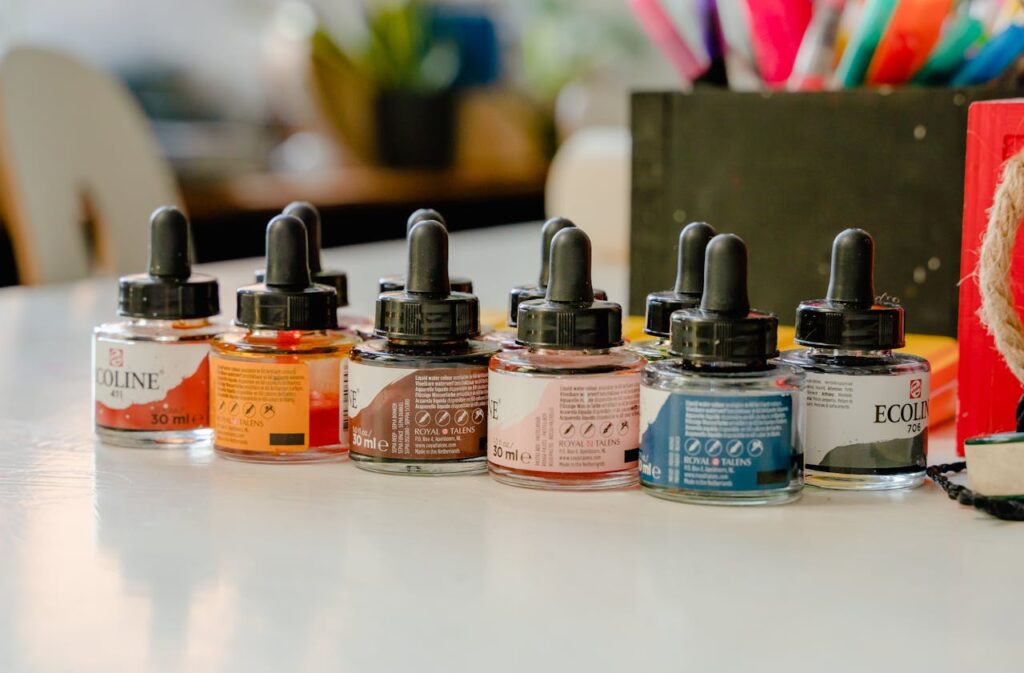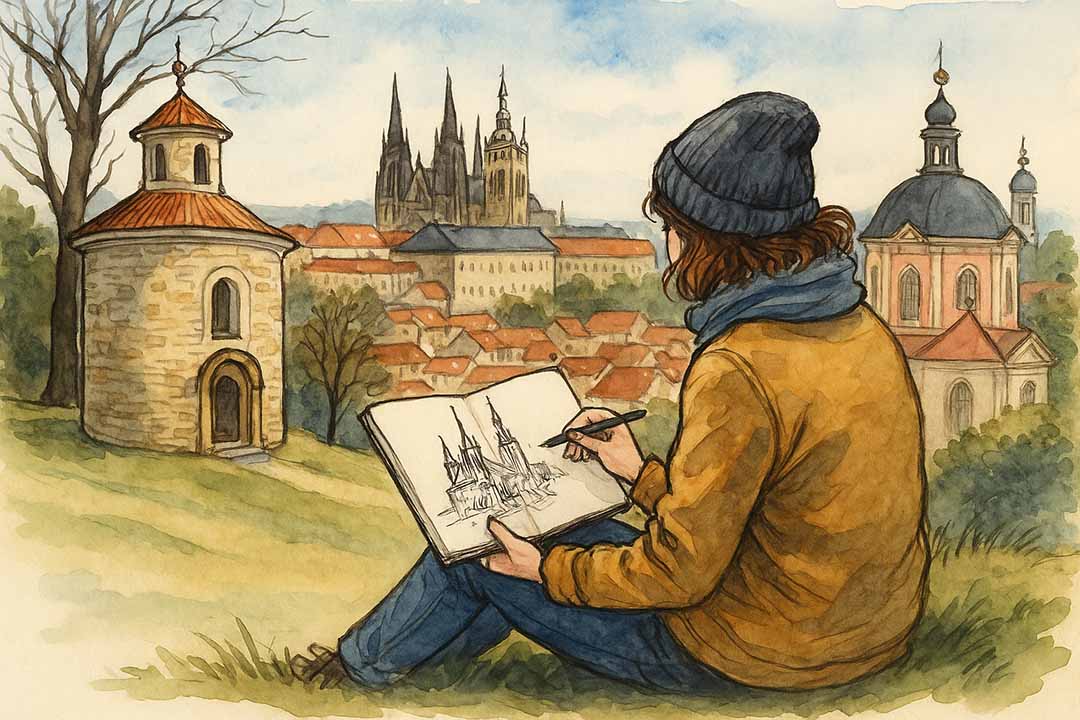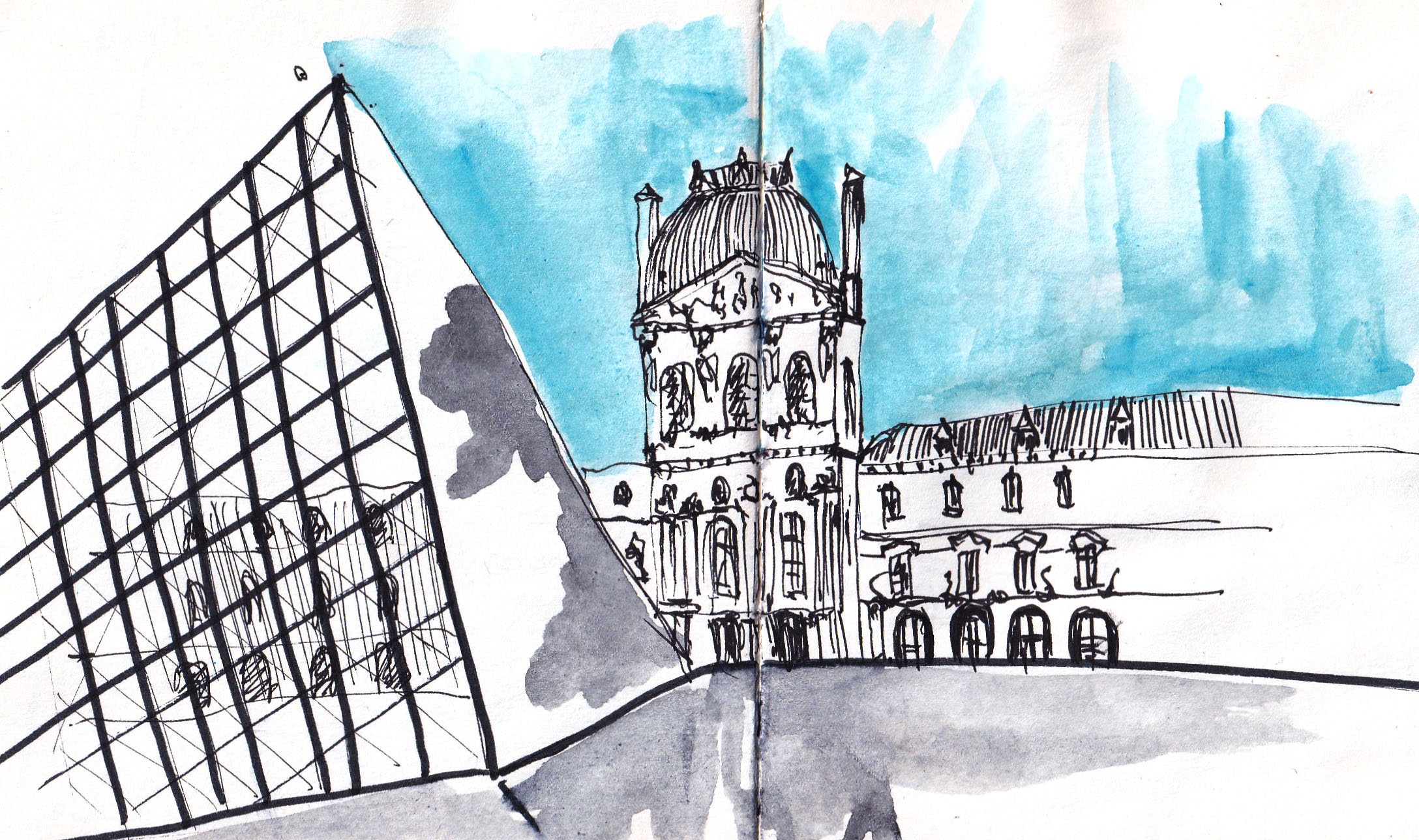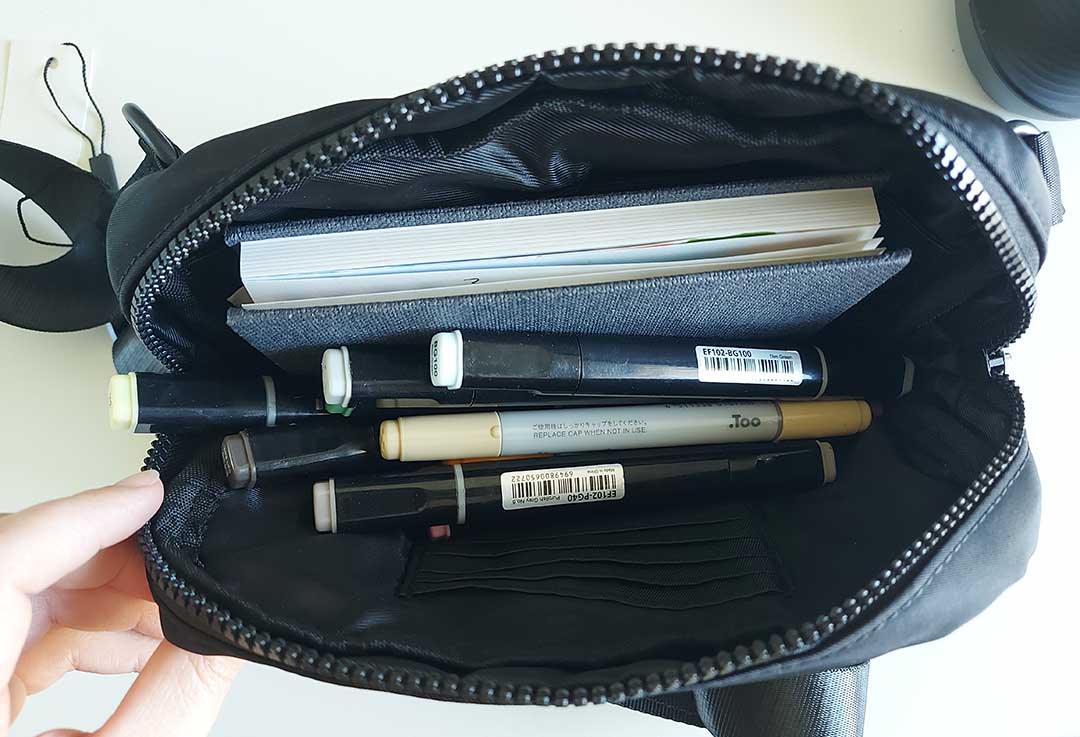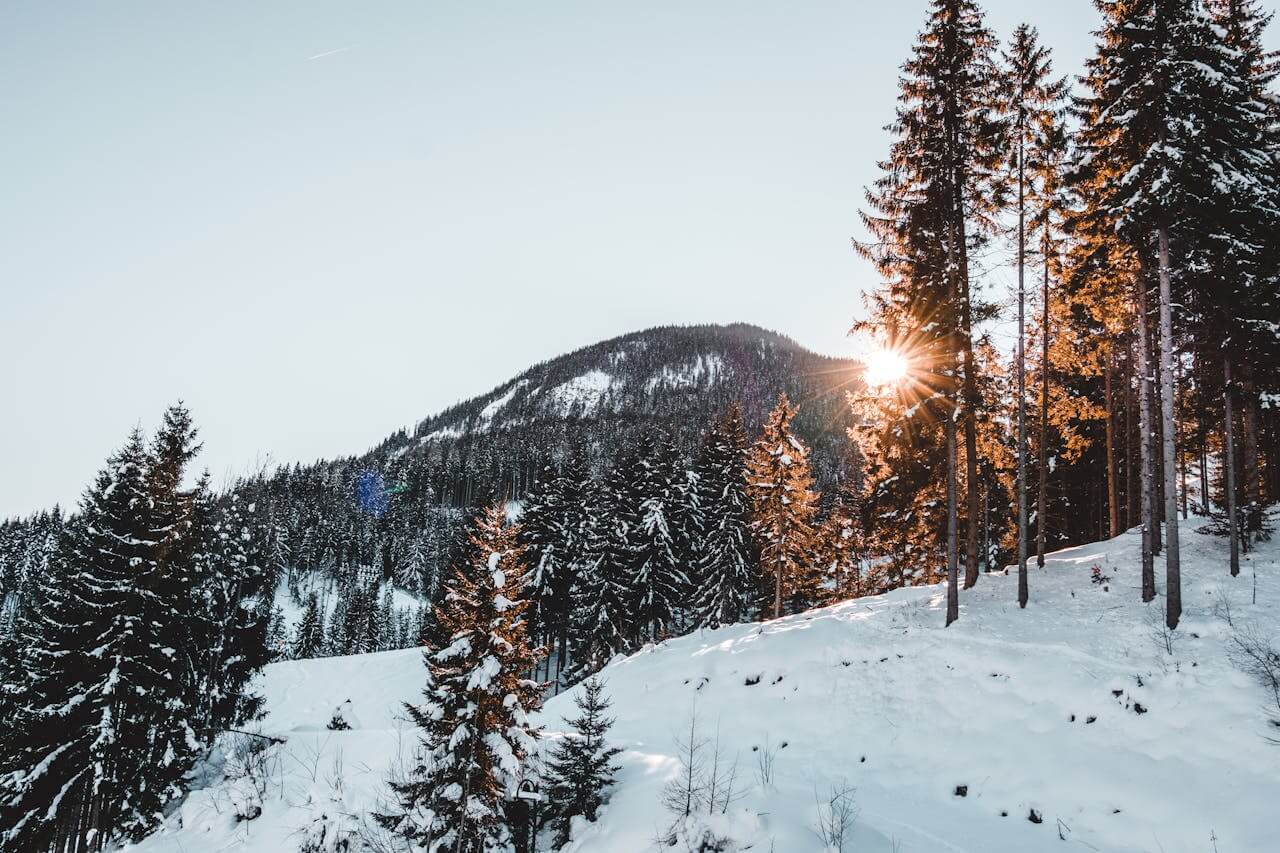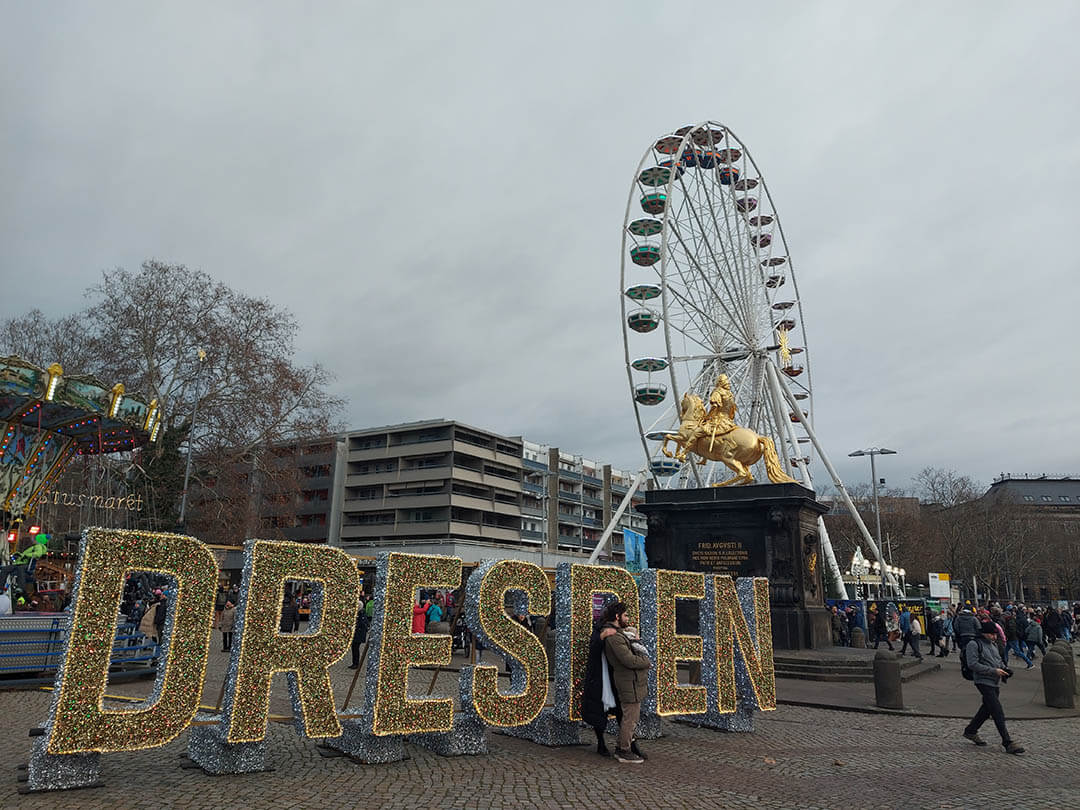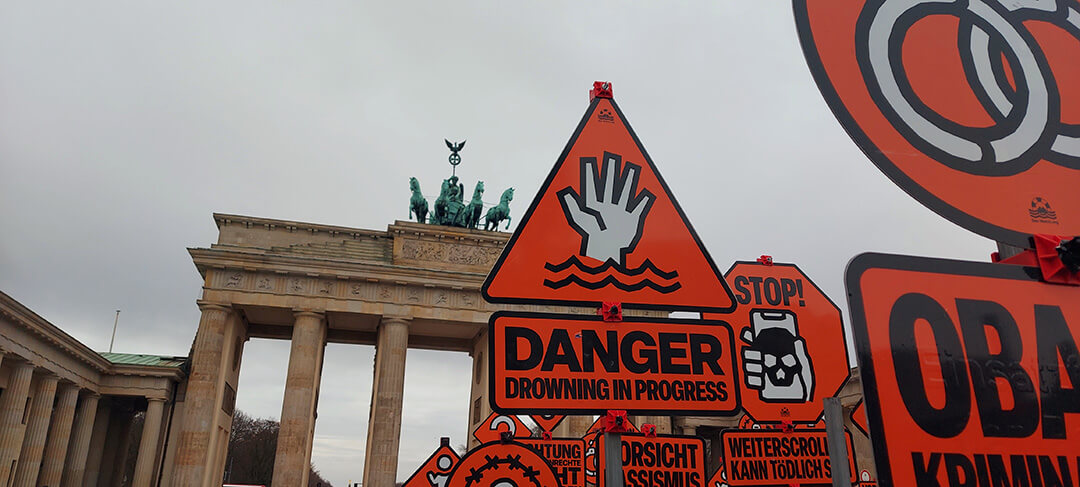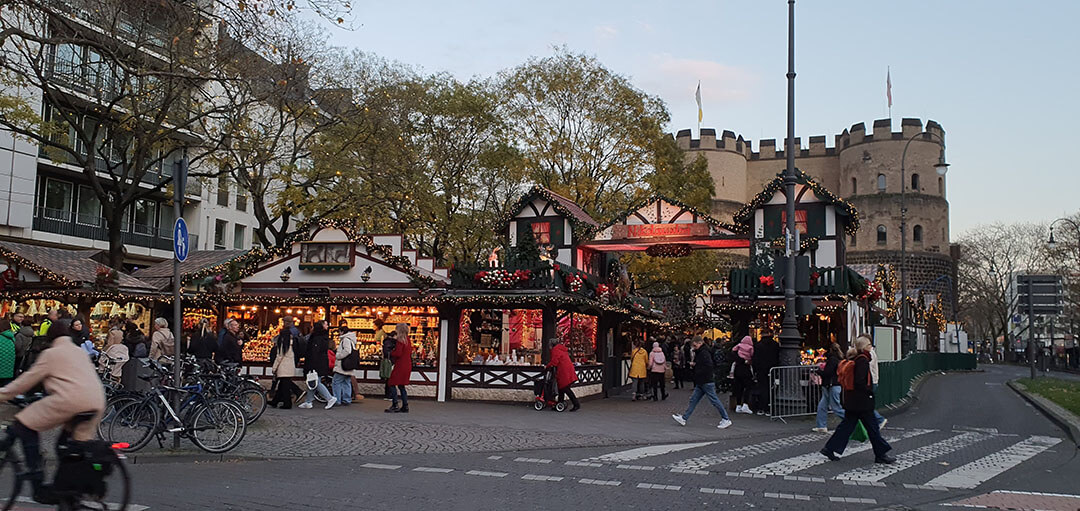Recently, I decided to dive into the vibrant world of Ecoline Liquid Watercolors and see what they could do. These intense, dye-based paints are known for their fluidity and glowing colors, which makes them very different from traditional pan or tube watercolors. I gave myself a challenge: try five different techniques and let the results guide the creative process. What followed was a colorful adventure full of surprises, happy accidents, and expressive sketches.
Btw, recently I explored some children’s art supplies that are great for sketching. All about it you can read or listen in my recent post.
My Ecoline watercolor set you can see here.
Wet-on-Wet with Salt
In my first experiment, I applied clean water over the entire paper, then dropped Ecoline colors straight onto the wet surface. The pigments flowed and merged, creating gorgeous transitions and unexpected blends. Before the paper fully dried, I sprinkled salt on top — and that’s when the magic happened. As the salt absorbed moisture, it pulled pigment along with it, leaving behind crystal-like blooms.
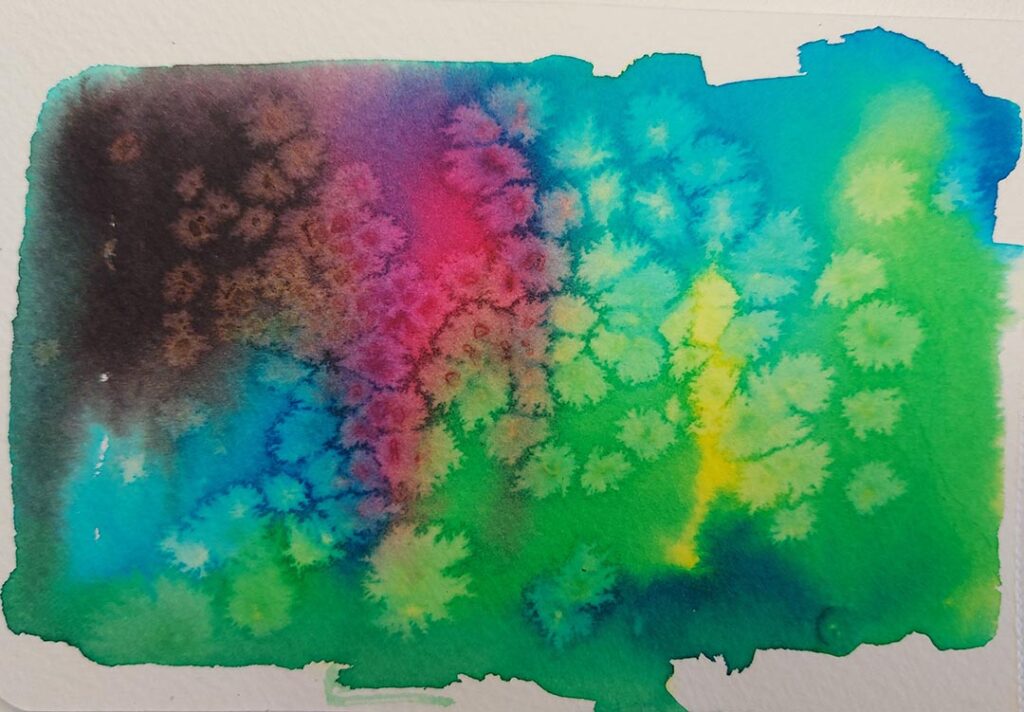
Ink Dropping and Sketching What I See
This technique began with no plan at all — just instinct. I dropped Ecoline on dry paper and let it spread naturally, forming abstract shapes and deep color pools. Once dry, I studied the forms until I saw something within them. In one, a bold flower emerged, and in another, a moonlit scene with dark silhouettes and water reflections took shape. With a white acrylic marker, I traced the lines that I imagined, turning chaotic color into something almost narrative.
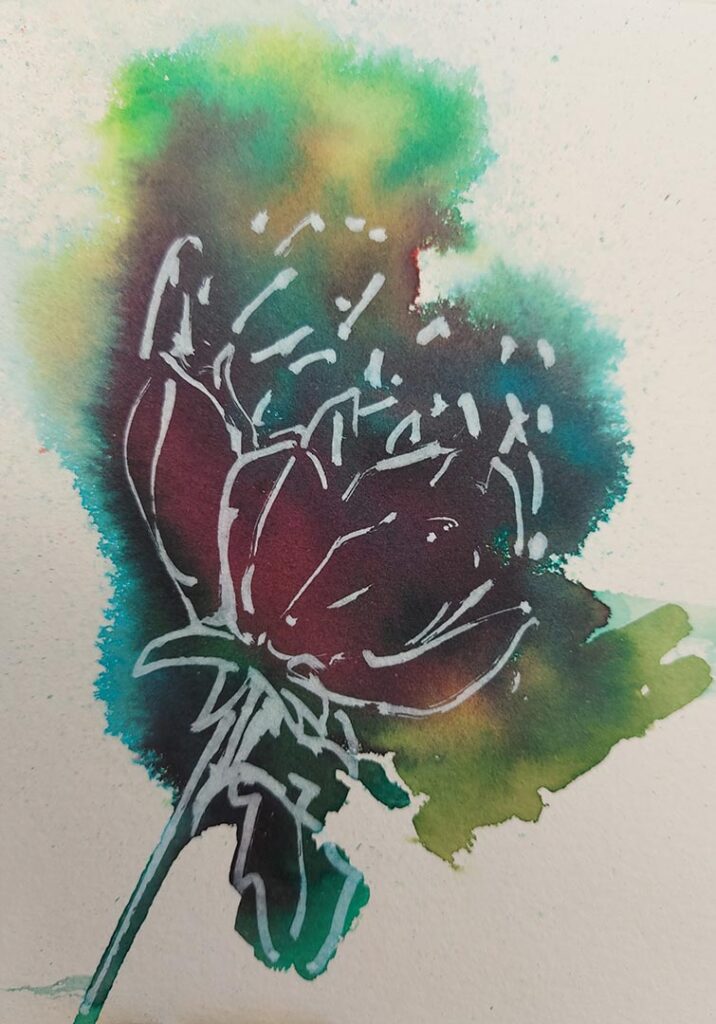

Painting Big Shapes First, Then Detailing with Brush Pen
While sketching the New Orleans Museum of Art, I blocked out large areas of color first using Ecoline. The columns, shadows, and pond were all painted as bold, flat shapes without any details. Once the paint dried, I added architectural lines using a brush pen, letting the contrast between sharp lines and loose washes define the structure. This method let me work quickly while still capturing the spirit of the place — bright, grand, and full of energy.

Dropping Paint on a Palette and Sketching
At City Park, I decided to treat Ecoline more like traditional watercolor by dropping a few colors into a mixing palette before starting. This gave me greater control over tone and value, allowing me to mix just what I needed on the spot. I painted the scene — a bridge, trees, and grassy bank — in layers and finished it with strong linework. It was a practical technique that blended the expressive nature of Ecoline with the precision of controlled sketching.

Filling Water Brushes and Sketching Outdoors
For this sketch of Jackson Square, I filled my water brushes in advance with diluted Ecoline — one brush per color. This turned out to be the perfect portable solution for on-location painting. Without needing extra water or containers, I could jump straight into sketching and painting. The bright blue sky, banana trees, and church spires came together quickly and fluidly, capturing the heat and energy of the New Orleans scene in a compact and spontaneous way.

Working with Ecoline Liquid Watercolors has been both liberating and inspiring. Each technique brought something new — from wild, textured abstracts to structured urban landscapes. I especially loved how easy it was to switch between spontaneous and precise styles depending on the setup. These experiments taught me to embrace accidents, enjoy the flow, and push my sketching habits into new territory. I’m definitely planning more sessions soon — this is just the beginning.

